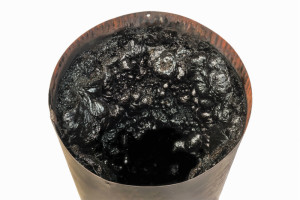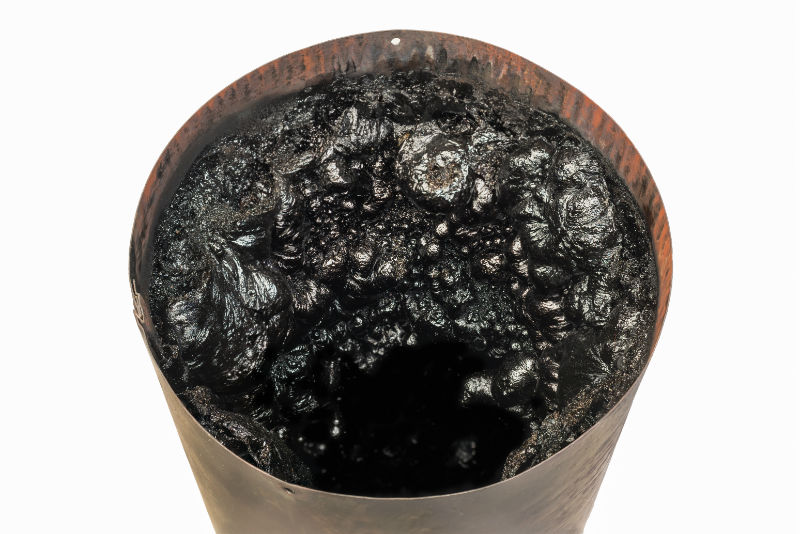One of the biggest reasons why you need to have your chimney professionally swept every year is to have all of the creosote that has accumulated on the walls of your chimney removed. A natural compound that develops during the combustion process of burning wood, creosote is so flammable that the Chimney Safety Institute of America (CSIA) has named it as a leading cause of chimney fires. Usually, a professional chimney sweeping will remove all of the creosote from your chimney, but sometimes the creosote can build up so badly that it turns into a glaze that coats the chimney walls that cannot be removed by a typical chimney sweeping. Weststar Chimney Sweeps knows what to do in this type of situation to get all of that glazed creosote out of the chimney. We would like to tell you more about our creosote deglazing services.
What exactly is creosote deglazing?
A detailed mechanical cleaning, creosote deglazing is the process we use to remove creosote that has become baked onto your chimney walls. Weststar Chimney Sweeps uses special tools, including a high-speed half-inch drill and a 24-inch wizard whip, to break down the rock-solid glazed creosote and remove it from your chimney. Standard chimney sweeping tools are not powerful enough to do this task correctly.
How did the creosote become glazed in my chimney?
Creosote buildup happens in three stages. In the first stage, the creosote has a fluffy and velvety texture, and in the second stage, it becomes flaky and crumbly. When creosote reaches the third stage, it turns into a shiny, black glaze that coats the inner chimney walls. Although creosote is a natural and expected residue of burning wood, the third stage of creosote usually occurs due to user practices, especially burning unseasoned wood. When you burn wood that has not been allowed to dry sufficiently, the fire burns at a lower temperature because it is spending a lot of energy drying out the moisture in the wood. A cooler fire can accelerate the development of creosote, which can lead to creosote glazing. Another user error that allows creosote to glaze is not opening the damper completely during a fire, as this allows the fire to smolder. Installation errors can also encourage the development of glazed creosote. Newer fireplace inserts are typically much smaller than masonry chimneys and need professional installation to work properly. Weststar Chimney Sweeps can install a stainless steel chimney liner to provide a correctly sized flue for your insert. This will prevent the drafting problems that can lead to glazed creosote on your chimney walls.
Make sure your chimney is ready to use this fall. Contact us at Weststar Chimney Sweeps to schedule your appointment for your annual chimney sweeping and inspection today.

